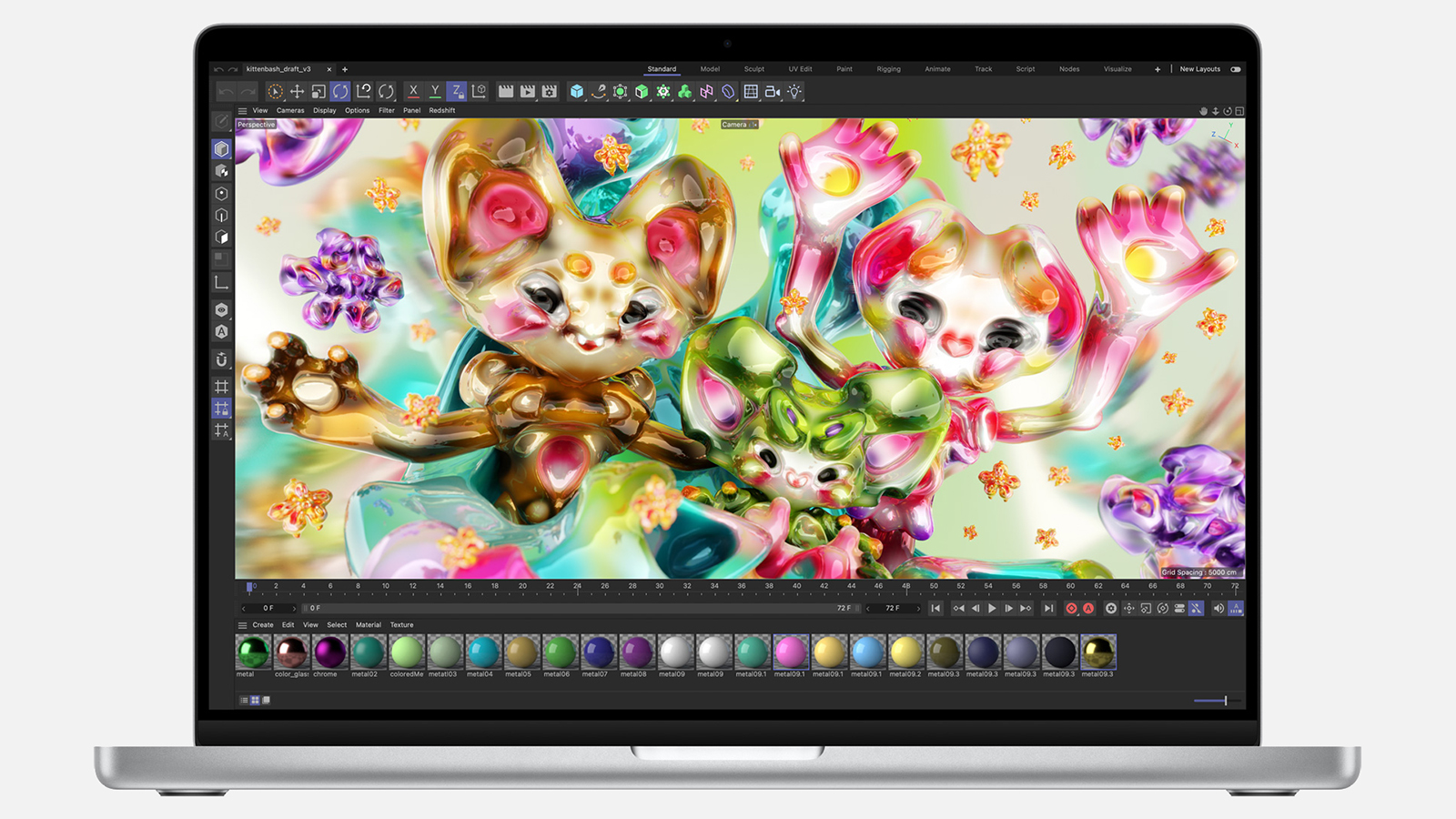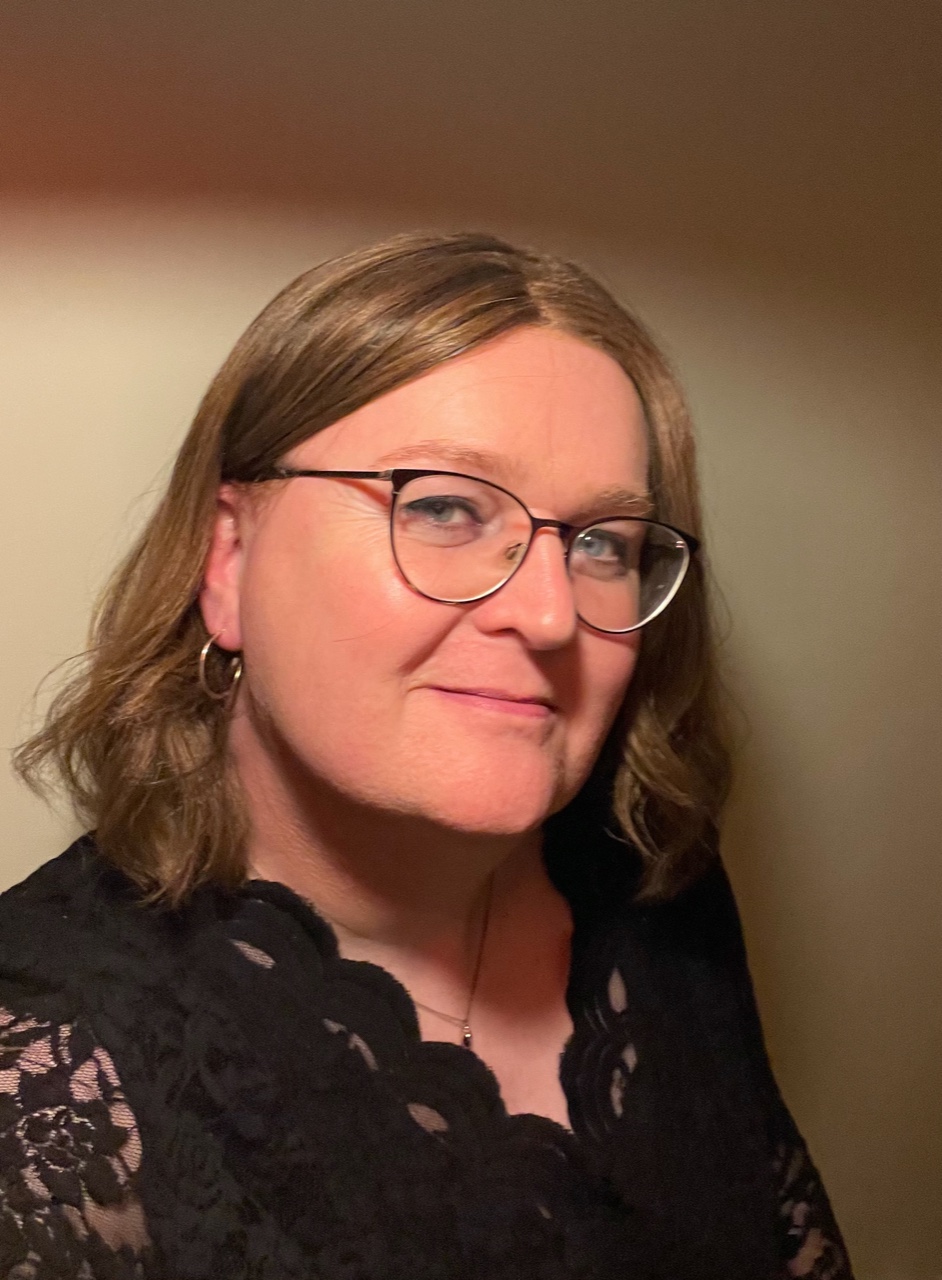MacBooks and iPads tipped for huge OLED display upgrade – but there's a catch
OLEDs are even better displays than the Mini-LEDs in the best MacBook Pro and iPad models. There's just one problem


The mini-LED displays in the best iPads and MacBook Pros are wonderful things, but as you'll know from your iPhone 13 or Apple Watch Series 7 Apple has an even better display technology: OLED. That tech is coming to iPads and MacBooks – but sadly you shouldn't expect an announcement at WWDC 2022 this week. That's because Samsung hasn't built the production line to make them yet.
I think they'll be worth waiting for, though. While Mini-LED is a big step up from standard LED displays, it's still an LED display: it may have more, smaller LEDs in the backlight to deliver better contrast and colour, but it's still a backlit LED display. OLED displays aren't backlit, and that's potentially a very big deal for next-gen iPads and Macs.
Why OLED displays are better
This is something we're seeing play out in the best TVs you can buy right now. At the top of the market you'll find two display technologies competing with one another: mini-LED and OLED. And while mini-LED is good, OLED is generally better in all but two respects: size and price. OLEDs are generally more expensive than similarly specified mini-LED TVs, but manufacturers have struggled to make them in smaller sizes – so at the time of writing the smallest OLED in our best TV guide is 43 inches.
Size is not an issue with smaller devices such as phones and laptops: there are lots of models featuring OLED, from my iPhone to laptops such as the Dell XPS 13 9310 OLED and HP Spectre X360. But according to MacRumors, the screens for an iPad or MacBook Pro won't be ready until 2025.
That's a shame, because an OLED MacBook Pro or iPad would be a brilliant thing: OLED means genuinely black blacks, exceptional contrast and gorgeous colours, and because you're lighting the display at a per-pixel level you can often eke out plenty more battery life too – something that's always going to be important in mobile computers. But for the time being it looks like the best iPads and best MacBooks that haven't already ben launched are going to be running mini-LED, and it's likely to stay that way for a few more years.
Get all the latest news, reviews, deals and buying guides on gorgeous tech, home and active products from the T3 experts
Writer, musician and broadcaster Carrie Marshall has been covering technology since 1998 and is particularly interested in how tech can help us live our best lives. Her CV is a who’s who of magazines, newspapers, websites and radio programmes ranging from T3, Techradar and MacFormat to the BBC, Sunday Post and People’s Friend. Carrie has written more than a dozen books, ghost-wrote two more and co-wrote seven more books and a Radio 2 documentary series; her memoir, Carrie Kills A Man, was shortlisted for the British Book Awards. When she’s not scribbling, Carrie is the singer in Glaswegian rock band Unquiet Mind (unquietmindmusic).
